
Founder of The Black Cowboy Museum in Rosenberg, TX, Callies has lived many of the stories displayed on the museum’s walls. He regaled us with the legendary stories of outlaws and lawmen like Nat Luv, and Bass Reeves, the likely inspiration for The Lone Ranger. We saw antique badges and learned that the first ‘police badges’ were worn by slave hunters. Callies shared how deeply connected through history, kinship, and faith he is to everything in his collection. There’s a story in every inch of it. And much of the history and lessons to be learned aren’t readily accessible elsewhere. You have to stand there, look, and most importantly, listen.

Why did you open The Black Cowboy Museum?
I opened this museum because I didn’t want the Black cowboy to be forgotten. Everything they did has been erased. The first cowboys were slaves. My Grandpa was a slave. My Grandma was a slave. They called us ‘boys.’ A White kid of a slave owner could be 15 years old, and you’d be 50-something years old, and he’d still say, “Come here, boy,” and you’d have to come. On the plantation, you had ‘house boys’ that worked in the house, ‘yard boys’ that worked in the yard, and then the boys that worked with the cows, and they were called ‘cow boys.’ And once the slaves were freed, many looked for work out West, and that’s how it all began.
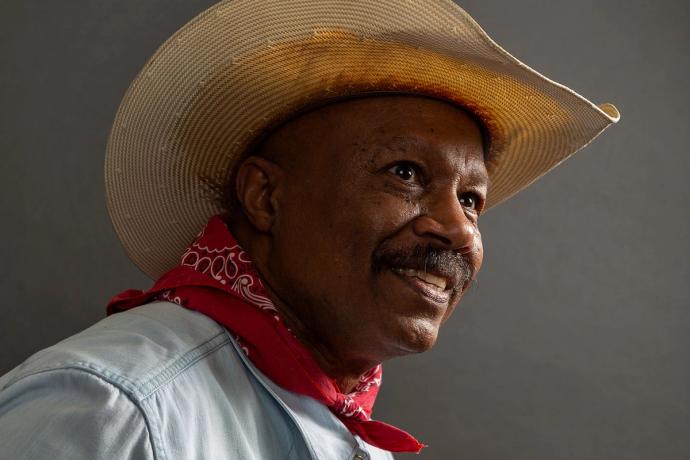


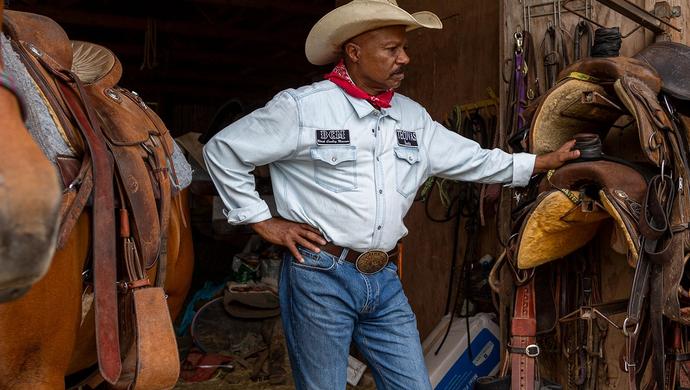
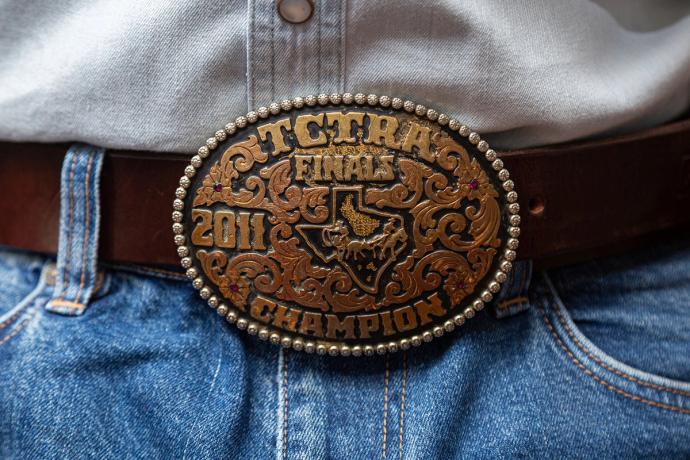

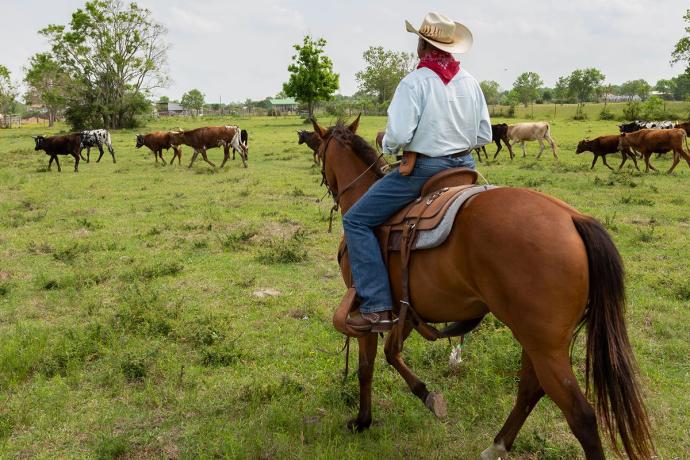
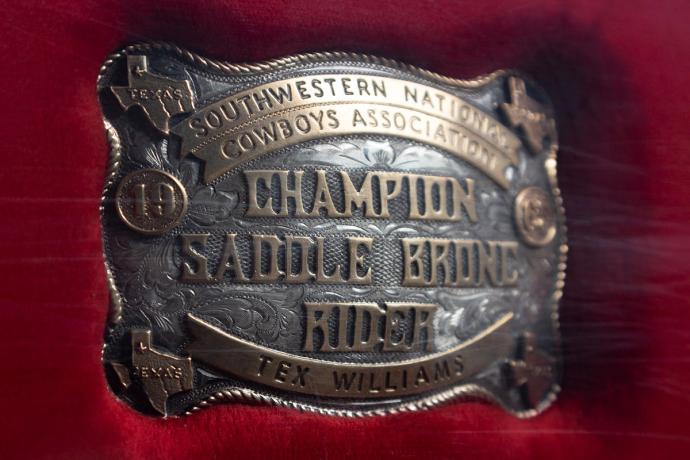
What was it like growing up as a Black cowboy yourself?
When I was a kid visiting ranches at five or six years old, I saw nothing but Black cowboys. And I’d see them cut down a tree, or dig a hole, and to me, that’s what a cowboy is–a hard worker; a servant. A cowboy isn’t just someone that rides horses, a cowboy is a servant. And obviously, I never wanted to be a slave, but I always wanted to be a cowboy. In the 1960s when I was going to school, the kids would kick me, or trip me if I had a pair of cowboy boots on. It caused me all kinds of trouble because I was the only Black kid in school who had cowboy boots. And the Black kids would give me more trouble than the Whites. They’d say, what are you wearing cowboy boots for, you want to be White? And I said, “I don’t want to be White. I’m a Black cowboy.” They’d say, “There ain’t no Black cowboys,” and I’d say, ”My Uncle, my Daddy, my Cousin, they’re all cowboys.” They wouldn’t consider us cowboys because they only knew of White cowboys from what they’d seen on TV. But I knew where the cowboy came from.

Who inspires you?
My cousin, Tex Williams: The first Black to be in an all-White rodeo. If he was as dark as me, they wouldn’t have even let him compete. He was light-skinned, and they didn’t know he was Black. They thought maybe Hispanic or Native American, so they asked him, “Hey, what’s your name?” And he says, “Tex Williams.” Well, that was good enough for them [chuckles]. Tex was so good, he’d been riding in the Black rodeos since he was 14 and he was beating all the best guys. So when they let him in, they’d never seen anyone that good. And he’d come out spurrin’– no one did that back then – everyone stood up and started cheering, then five seconds into the ride, Tex’ hat blew off, and of course, they saw his hair. They saw that and started to boo. But the judges saw how good he was and they scored him fairly, which was a miracle. He won the State Texas High School Final In 1967, and 1968.

When did you learn to ride?
The first time I got on a horse I cried. My dad used to break horses, and I used to sit on the porch and watch him. The horse would buck and I’d see it. Then he’d come in and say, “Boy, you want to ride this horse?” I’d be scared because I’d seen that horse bucking, and he’d say, “If you want to be a cowboy, then you need to learn how to ride.” When he put me on I thought the horse was going to buck, and I started screaming until he sat me up on top of it. And I’m sitting up there feeling good, and I thought, “Man, I’m a cowboy now.” I told all my brothers, “Me cowboy, me cowboy!” I used to run around my house, “Me cowboy!” I was three years old!
Tell us about your first pair of boots?
I was about five years old. My Grandfather would come in, and he had a pair of boots with black eagles on them. And I would lay down on the floor, and look at those boots, and I actually thought if I touched those eagles, they would fly away. So I finally got boots when I was five, and they were a used pair of boots. They were red and they had doves on them, and I thought they were eagles. And man, I must’ve worn those boots out in a few months.

What’s your favorite part of running the museum?
People come here from all over. A bus of 120 people – Black, White, Hispanic and they all come in and say “I’ve never heard about a Black cowboy, I’ve never seen a Black cowboy,” they ask if you’re a real cowboy, and I say “Yes, I’m a real cowboy.” The best are the kids. They don’t know about it, because it’s been kept a secret. And that’s exactly what we do here.
You were a musician, tell us about that.
When I first started I couldn’t get in front of people because I’d get too nervous. I had a religious experience the first time I performed. But after I did, people would come up to me and say, “Hey, you got a band? We need a band behind you.” I was singing Charley Pride stuff back in the 80s. And just a little later on, George Strait’s manager found me and wanted to give me a contract, so they flew me up to Nashville, and that’s when I found out I was losing my voice. I didn’t even know it, but the recording engineer could hear it, and that was it. I still love to play though.
Callies lost his voice due to a rare condition called dysphonia. A rising star named Clint Black ended up fronting Callies’ band. The rest is country music history. Larry still plays in a band. He no longer sings, but he’s still there, playing along 34 years later.

The Black Cowboy Museum in Rosenberg, TX is open from 9am to 5pm Tuesday through Saturday. Call (281) 787-3308 to set up a tour.
Credits
Words
Larry Callies and Team Tecovas
Photos
Bill Sallans